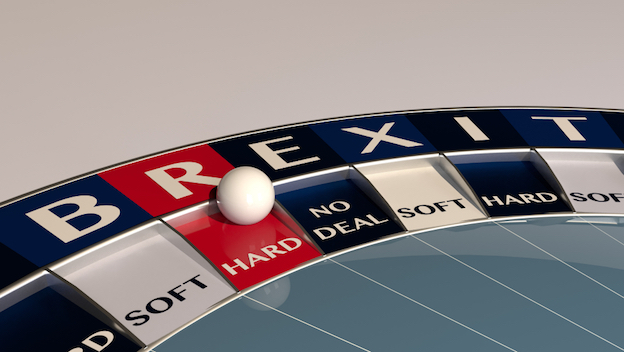Innovation within a business organisation can be driven from its customers, employees, competitors and new technology.
Innovation is a key ingredient of business success. 80 per cent (pc) of CEOs believe that innovation drives efficiencies and leads to a competitive advantage. In order to maximise innovation within a business its first important to know some of the sources of innovation.
Innovation within a business organisation can be driven from its customers, employees, competitors and new technology. In this article we’ll explore how these four elements can help you improve innovation within your business.
Customers
In a survey, 90pc of respondents said listening to customers is the primary way businesses can fuel innovation. Listening to customers and understanding their needs is critical to innovation. Too often products are developed which may be innovative, but the majority of consumers have no need for. This problem is so prevalent that 95pc of new products fail.
Businesses need to work with their customers when developing new products. New products cannot be developed in isolation from the consumer. Innovation on its own is not the goal of businesses. The needs of customers are the starting point and solving those needs with innovation is the second step. Failure to work with your customers to develop a deep understanding of their needs will mean your product will most likely be part of the 95pc of products that fail.
Employees
Your employees, particularly your frontline staff who interact with your customers daily, can be an immense source of innovation. Your frontline staff should be trained to listen to your customers and to get a better understanding of their needs. Systems should be in place to allow your frontline staff to capture this information. This information then needs to be collated and presented into meaningful insights.
LoyLap is an application which allows businesses to automate their marketing in an innovative way. They have over one million people using their app. The co-founder states that they had a vision of what the application would become. They worked very closely with their customers to understand their needs better. What they thought the app would be, turned out to be much different to what they actually built as a result of engaging with their customers.
Working closely with their customers gave them unique insights into their needs rather than guessing what they thought their customers wanted. This is critical for LoyLap as they bill their customers monthly and customers can cancel at any time.
If you are a small business and can’t stretch your current employees to engage in such research, you can always use interns. You can get the valuable information you need to innovate while also giving someone valuable experience to help them further their career.
Competitors
Innovate or perish. A survey by PwC revealed that 80pc of CEOs believe that innovation drives efficiencies and leads to a competitive advantage. Given the importance of innovation, it is critical that businesses actively monitor the innovations of other businesses. An innovation by a competitor could result in the loss of a significant percentage of your market share. Also, an innovation by a competitor could result in a more efficient way to produce a product boosting profits.
Innovation requires a significant amount of time and investment. Sometimes it can be much more effective to copy the end result of competitors. By doing this it helps you avoid the significant costs of R&D. For example, three German brothers based in Europe have built their fortune by copying successful companies.
New technology and application
Advances in technology has led to an explosion in innovative products. Products such as Google search, Airbnb, Facebook and mobile apps like WhatsApp exist because of advances made in this area.
As a business it’s really important to monitor new technology and how this technology can be applied to better suit the needs of your customers. New technology can lead to new products which were previously not possible to provide or can result in a better way of doing things.
For example, LoyLap was started because the co-founders saw the positive results Starbucks was having with its loyalty app. The co-founders wanted to replicate its features but make it available to smaller businesses who would not be able to afford to create their own loyalty app due the significant high costs.
Interview by Stephen Lawless from Accountant Pages
Published: 4 November, 2020






